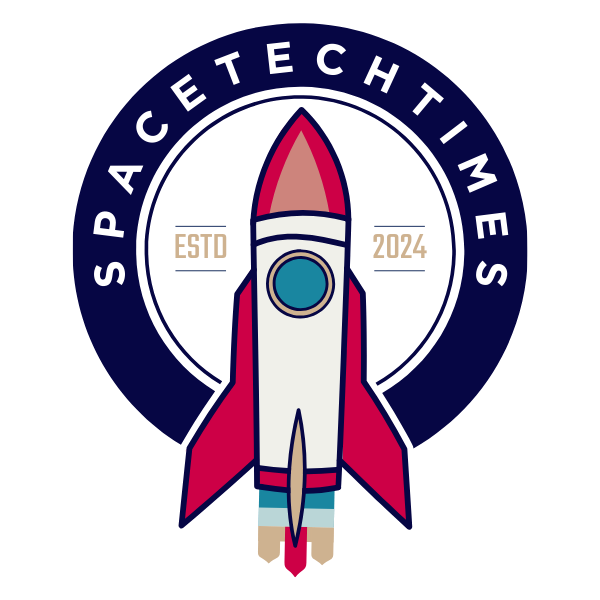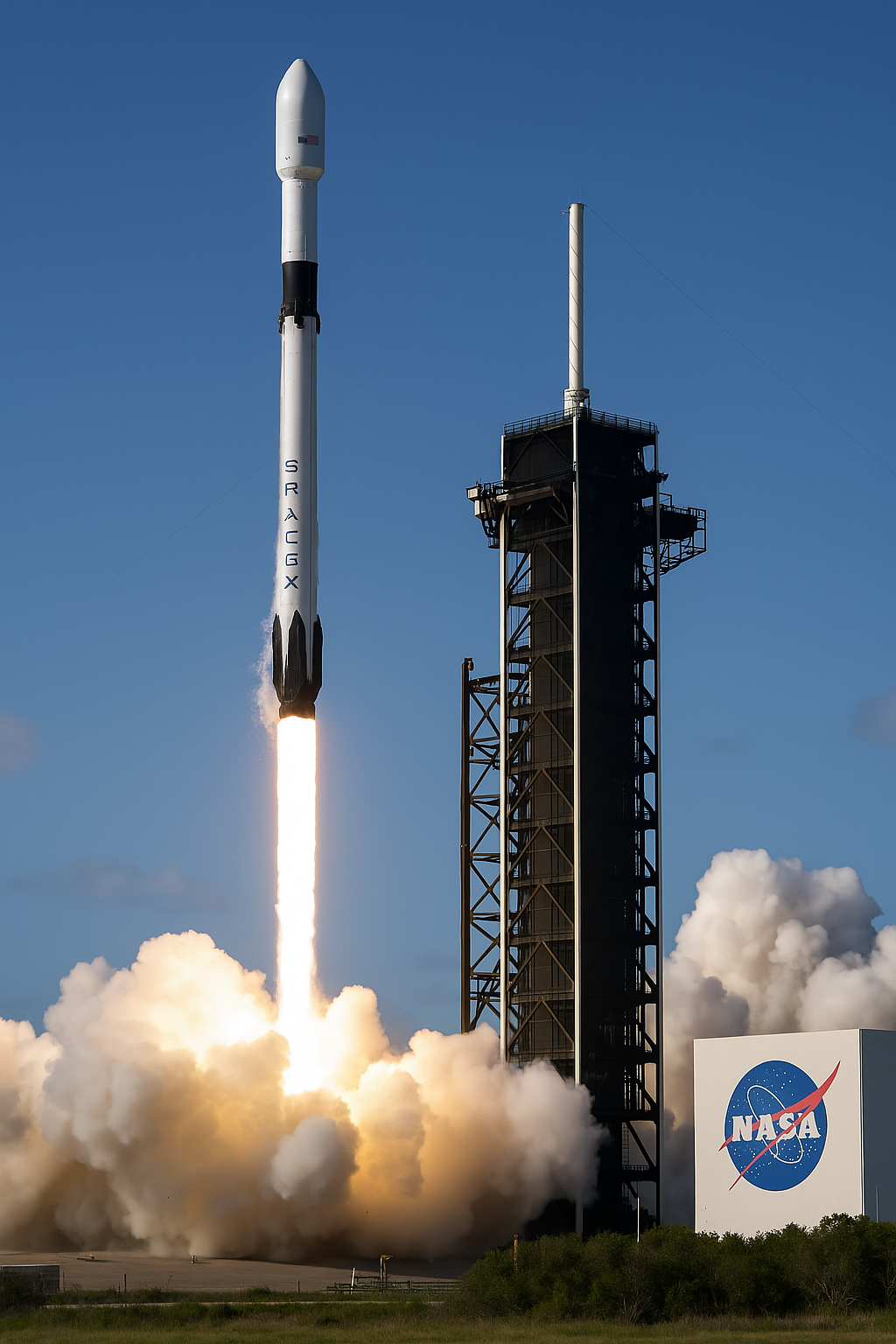Rocket Lab, a company known for launching small satellites into space, has been chosen to support a major U.S. military program.
Rocket Lab’s New Role in U.S. Defense Advancements
The United States Air Force has selected Rocket Lab to be part of an enormous $46 billion program called the Enterprise-Wide Agile Acquisition Contract (EWAAC). This contract is not for a single job—it allows the Air Force to quickly hire companies to develop and test new technologies as needed, up to the year 2031.
Rocket Lab will now be able to offer its services and launch capabilities as part of this flexible program. This means the company can help the military by quickly providing rockets, technology tests, and other important engineering work. One of the main technologies Rocket Lab plans to use for this work is its Hypersonic Accelerator Suborbital Test Electron, or HASTE, launch vehicle.
HASTE is a version of Rocket Lab’s well-known Electron rocket. It’s made from strong carbon fiber and uses engines made with 3D printing. But HASTE is special—it is designed for suborbital flights, which means it goes very high into the sky but doesn’t circle the Earth.
Rocket Lab Challenges SpaceX for Pentagon Billions in High-Stakes Space Race
This is perfect for testing very fast, high-tech weapons and other tools of modern defense. HASTE can carry up to 700 kilograms, or about 1,540 pounds, which is more than the standard Electron rocket can carry in this type of mission.
With HASTE, the U.S. Air Force can test new technologies that fly at hypersonic speeds—faster than five times the speed of sound. These missions are very important because they help the military understand how to design and control objects that move at these extreme speeds.
HASTE can support tests for different types of payloads, including air-breathing engines, gliding systems, and reentry equipment that comes back through Earth’s atmosphere.
U.K. Joins Hands for Hypersonic Growth
Not only is Rocket Lab helping the United States, but it has also been selected by the United Kingdom’s Ministry of Defence (MOD) for its Hypersonic Technologies & Capability Development Framework (HTCDF). This is a separate effort with a budget of around $1.3 billion (£1 billion) aimed at building advanced hypersonic systems for the U.K.
The HTCDF is meant to support the fast development of systems that can move at hypersonic speeds and help the U.K. remain competitive in defense technologies. Rocket Lab is now allowed to submit bids to provide technology, services, and test missions under this framework. This means the company could be chosen to run hypersonic test flights or deliver engineering support for future projects.
Switzerland Steps In as Tensions Mount Over Militarization of Space
In both the U.S. and U.K. programs, Rocket Lab will use the HASTE vehicle to meet the goals of each country. Since HASTE is already built to be fast, reliable, and affordable, it is well-suited for repeated testing missions. It can help the two countries carry out more frequent launches and experiments, all without needing to build new rockets each time.
The company’s ability to quickly carry out missions has already been shown. HASTE has completed three missions for the U.S. Department of Defense, including two flights just 21 days apart. These launches were carried out from Rocket Lab’s Launch Complex 2 at Wallops Island, Virginia, part of the Mid-Atlantic Regional Spaceport located at the NASA Wallops Flight Facility.
HASTE Launches from Virginia and Beyond
Rocket Lab’s Launch Complex 2 in Virginia is now the home for many of these hypersonic test missions. This site has become a key location for the U.S. military’s testing of high-speed technologies. The location at Wallops Island has a long history of rocket launches, and now it’s being used to test some of the world’s fastest and most advanced aerospace technology.
HASTE launches from this site allow the military to run tests quickly and often. Since HASTE is based on the same technology as the Electron rocket, but modified for suborbital use, Rocket Lab can reuse its existing designs. This lowers costs and increases speed in setting up missions. The rocket’s design includes strong materials and modern engine-making techniques like 3D printing, making it both lightweight and powerful.
Terrifying Russian Nuke Threat in Space Alarms NATO, Ignites Global Security Fears
HASTE is also able to simulate conditions that spacecraft face when re-entering the Earth’s atmosphere, which helps test materials and technologies for other space and defense uses. So far, Rocket Lab’s rockets—including HASTE and Electron—have carried more than 200 payloads into space or suborbital flight, from launch sites in both the United States and New Zealand.
These missions show Rocket Lab’s growing role in defense testing and space technology. As part of the EWAAC and HTCDF programs, the company now has the green light to work on a wide range of tasks that support national security goals for two major allied countries. This includes delivering payloads at hypersonic speeds and testing advanced systems that could shape future defense strategies.
Rocket Lab’s entry into these multi-billion dollar programs puts it at the center of modern defense testing, with HASTE proving to be a reliable and cost-effective tool for carrying out critical missions.




